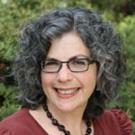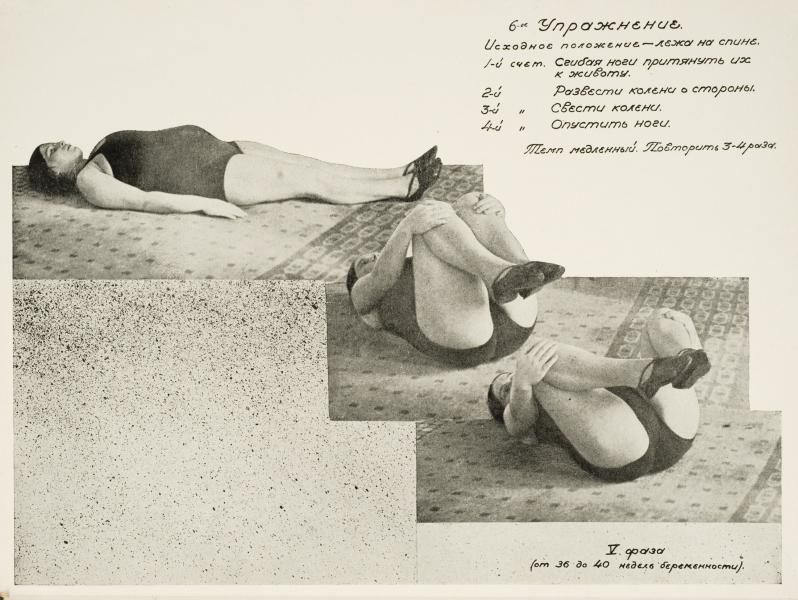Paula Michaels

Education: BA in History and Slavic Languages & Literatures from Northwestern University, MA in History and PhD in History from the University of North Carolina at Chapel Hill
Paula Michaels is a Senior Lecturer in the Department of History at Monash University in Australia
When did you first develop an interest in Slavic, East European and Eurasian Studies?
I grew up in the Brighton Beach neighborhood in Brooklyn and, though my family was not part of that émigré community, Russian was spoken all around us. When I went off to college I had to take a foreign language and I decided to study Russian. It was the early 1980s—Ronald Reagan, evil empire and all that. Russian seemed exotic, yet practical. I had a wonderful first-year Russian teacher and fell in love with the language, which led me to the history. I couldn’t get enough of it and I’ve been at it ever since.
How have your interests changed since then?
They’ve broadened out from what started off as an interest in Russia proper to a much wider geographic frame. When I was a senior in college I took a Middle East history class and it was revelatory. In graduate school I decided to focus on Soviet Central Asia as a way to bridge my newfound interest in the Muslim world with my Russian Studies background.
Thematically, my interests have expanded as well. I started off very interested in women’s history, then turned to history of medicine, though women’s history has remained an important thread in my research. Since I published my first book, on medicine and public health in Soviet Kazakhstan, I have found myself drawn in a number of directions, writing on film history and ethnohistory, among other topics. But, even as my thematic interests and methodological approaches diversify, the history of Russia and Central Asia continues to excite me.
What is your current research project?
 After nine years of work, including archival research in five countries, I’ve just wrapped up a book called Lamaze: An International History (Oxford University Press, 2014), which traces one method of natural childbirth from its origins in the USSR in the 1940s, to France in the 1950s, and to the United States in the 1960s and 1970s. In the course of doing that project, I encountered the work of British physician Grantly Dick-Read who, in 1933, coined the term “natural childbirth.” I’m working now on a book that puts Dick-Read at the heart of a transnational history. A second project I’m getting off the ground is also transnational, but allows me to return to some degree to my roots as a Central Asianist. That book will explore the Soviet Union’s activism in the realm of medical diplomacy, the use of medicine and medical cadres as instruments of “soft power” on the international stage. Given Central Asia’s positioning as a showcase to the developing world of the USSR’s accomplishments, it was front and center in the effort to use, for example, medical education to promote warm relations with Asia and Africa.
After nine years of work, including archival research in five countries, I’ve just wrapped up a book called Lamaze: An International History (Oxford University Press, 2014), which traces one method of natural childbirth from its origins in the USSR in the 1940s, to France in the 1950s, and to the United States in the 1960s and 1970s. In the course of doing that project, I encountered the work of British physician Grantly Dick-Read who, in 1933, coined the term “natural childbirth.” I’m working now on a book that puts Dick-Read at the heart of a transnational history. A second project I’m getting off the ground is also transnational, but allows me to return to some degree to my roots as a Central Asianist. That book will explore the Soviet Union’s activism in the realm of medical diplomacy, the use of medicine and medical cadres as instruments of “soft power” on the international stage. Given Central Asia’s positioning as a showcase to the developing world of the USSR’s accomplishments, it was front and center in the effort to use, for example, medical education to promote warm relations with Asia and Africa.
What do you value about your ASEEES membership?
I appreciate ASEEES’s advocacy to sustain governmental support for the work we do. I also value the annual meeting for professional development, networking, and socializing. It is my favorite conference, the one that I go to year in and year out. It’s a great chance to catch up with old friends, make new ones, and stay current in the latest research on a broad range of topics.
Besides your professional work, what other interests and/or hobbies do you enjoy?
Having moved to Australia in 2013, I’d like to report that I’ve taken up surfing. The fact that my hobbies are, in fact, bookbinding and knitting should tell you all you need to know about why I cannot make that claim. I am a big film buff and have been thoroughly enjoying the great film scene that Melbourne has to offer.
Photo source: S. A. Iagunov, Fizkul'tura vo vremia beremennosti (1938)
